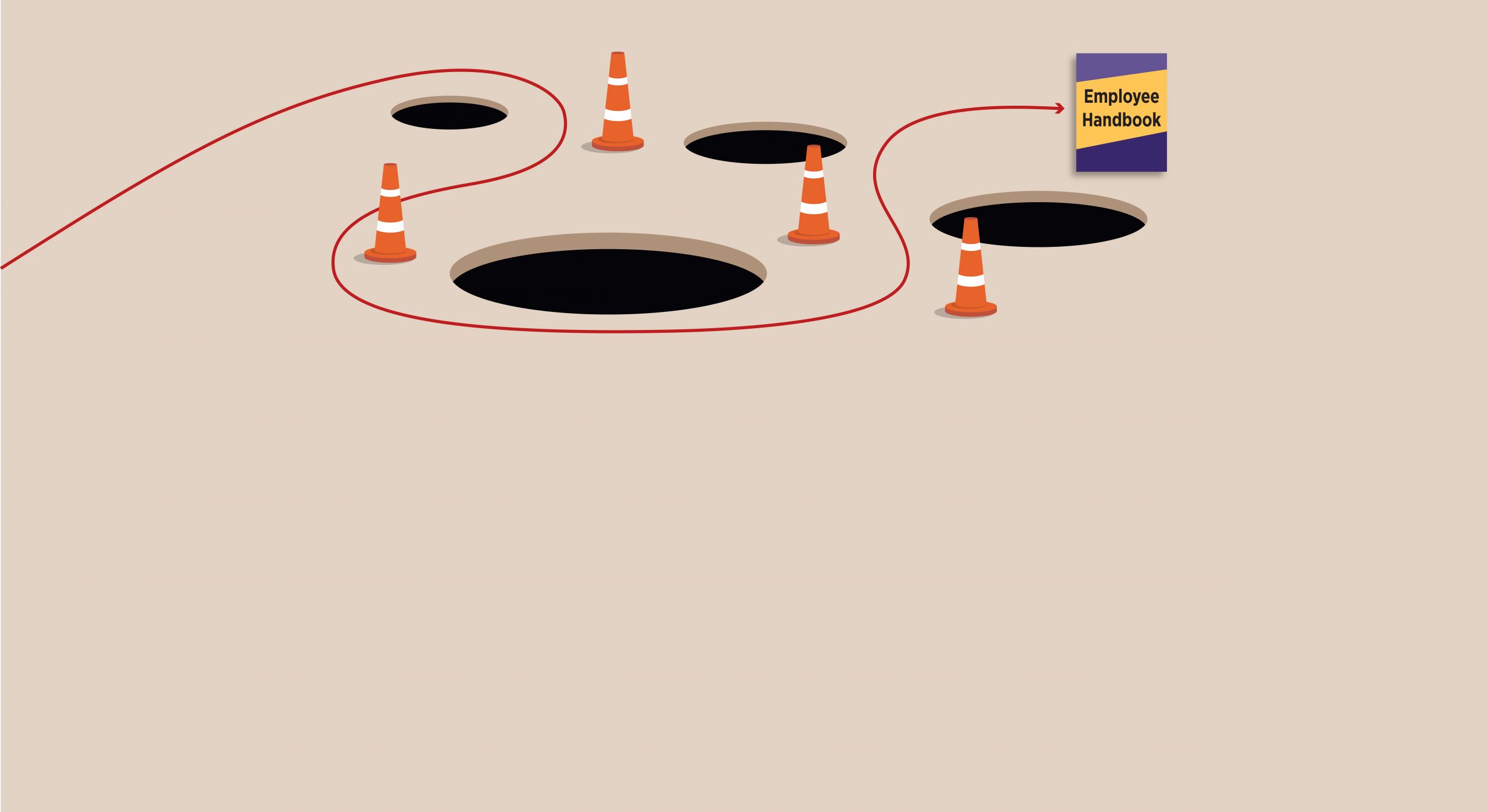ERISA protects the interests of workers who participate in employee benefits plans.
Then why aren’t ERISA-required documents, like summary plan descriptions (SPDs) and summaries of material modification (SMMs), written for employees?
More than half of Americans between the ages of 16 and 74 (i.e., working age) read below the sixth-grade level, according to Gallup analysis. But to avoid legal liability, HR communications are often written at literacy levels employees can’t understand.
Risk-adverse writing alienates employees — and at a bad time, since they’re probably looking through plan documentation when they need help. It could also get you into hot water. An article in the Case Western Reserve Law Review cited cases in other fields where disclosures presented so much information, they were no longer considered helpful.
Compliance documents need to be written so employees can and will read them to serve their intended purpose: to help.
How to Write for the Average Joe/Jolene
ERISA requires SPDs to be written for the “average person.” What does that mean?
SPDs should provide basic, necessary information upfront, and clear directions on how to find more details. Different courts of law have decided that means:
- A reasonable person — who is not a plan participant — should be able to understand the document.
- Plain and common language is preferable to technical terms or jargon.
- Words should be given their “common and ordinary” meaning (i.e., they can be found and interpreted using the dictionary).
Check Your Work
Admittedly, HR professionals and attorneys may not have the best sense of jargon vs. plain and common language. They speak HR and benefits all day.
Before you publish, run through a quick SPD checklist to make sure the information is easily read and understood by others. For example:
- Are most sentences 14 words or less?
- Did you use active, first-person language like “you” and “your” (instead of “employee”)?
- How many times does a reader have to flip to another page to get pertinent information?
- Is the font large enough to read without excessively zooming in?
- Did you use headings to break up text and make information easier to find?
The “right” grade level for benefits communications can vary by workplace. Tailor communications to your employees’ needs, and use readability tools to check your work. This online tool calculates readability level using several different scales.
Compliance documents can do more than check a box. Well-written SPDs can reduce phone calls to HR and increase benefits usage and satisfaction.
For more information about how to write an effective summary plan description (that employees and lawyers love), check out this SPD whitepaper. It covers common mistakes, plus formatting and writing tips. You can also read this case study on SPDs and find more HR communication advice on LinkedIn.



